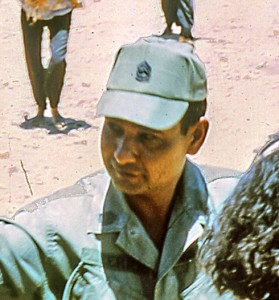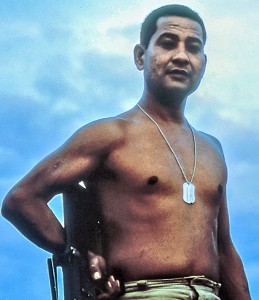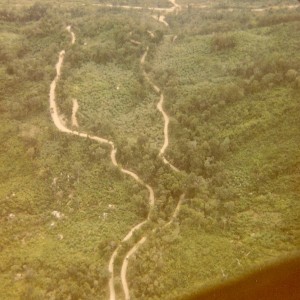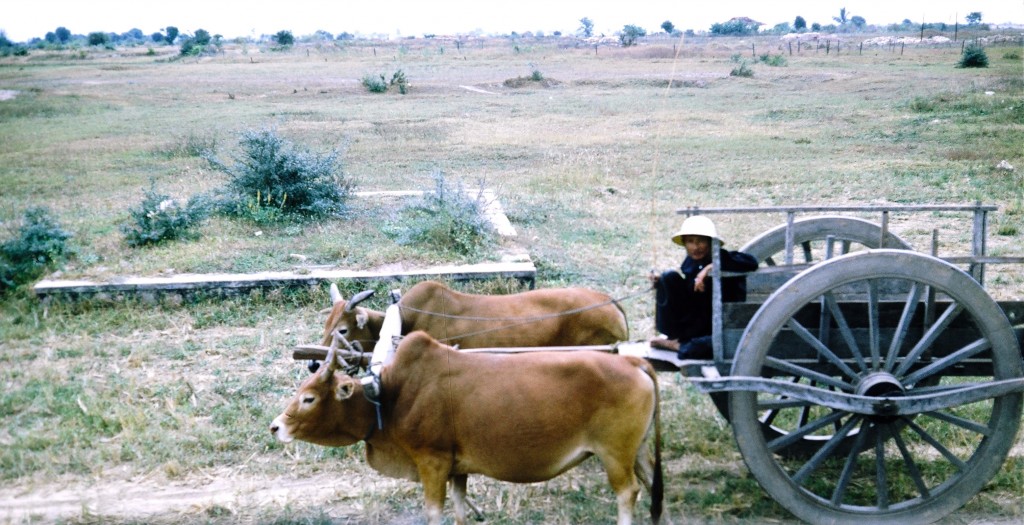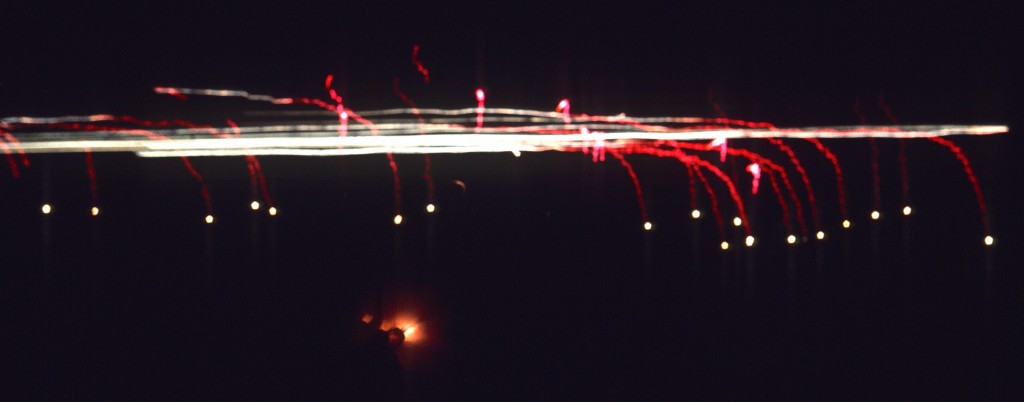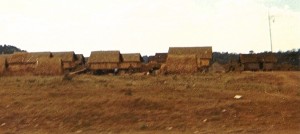Landing Zone Sherry
It is August 5, 1968 and I have been in Vietnam over seven months. Colonel Crosby tells me I am taking over as XO (executive officer and second in command) of B Battery at a new firebase called LZ Sherry. LZ Sherry is relatively new (about three months) so there is still a fair amount of work to be done to get things totally organized. It is my fourth assignment and my second field position, so I have a good feel for what I want to see and how I want things to run.
My first order of business is to meet everyone. There is the battery commander, Captain Ridgeway, along with his first sergeant and chief of smoke ( highest ranking sergeant and sergeant in charge of the gun crews). This is the first time I am at the same location as my immediate boss, except for the brief time I was XO of my Duster company. Captain Ridgeway likes having people on board who function with little to no supervision. Not that he isn’t involved or doesn’t care, but there is too much going on at a new firebase for one person to micromanage, so he delegates freely and that allows us to get a lot done in a short amount of time.
This fits my style perfectly, but unfortunately it also fits the style of the battery First Sergeant and we immediately butt heads. It’s clear he wants to run everything his way and that is not going to happen. The first of my issues is security. In the initial months of LZ Sherry the enemy activity was not as bad as what it would be in the coming months. All of my previous experiences have been at transient basecamps that did not offer much security. At a permanent basecamp like LZ Sherry you want to build as much protection as you can and that starts at the perimeter wire. I want to double the amount of wire we have out there but the first sergeant stops the work saying we had enough. Without going into a lot of detail, I make it clear that our security is going to be beefed up, because we are not going to get overrun and I am not losing any more men. Acosta and Donovan are always fresh on my mind.
That creates the second confrontation a few days later. I am pulling the late night guard shift, something I was used to doing every night in the Duster platoon, and even as a forward observer out with the infantry I never slept more than a few hours a night. I liked to sit in one of the vehicles outside my bunker, and about midway through the guard tour I see movement and then a figure moving towards my bunker. I assume it is the fire direction officer who bunks with me. No, it is the First Sergeant tiptoeing down the steps into my bunker. He then comes back out and stands there looking around.
I know this game, catch me sleeping on guard and you got something to hold over my head. I calmly say from the shadows, “Don’t move.” We have a short discussion, and the next morning I take him aside and tell him he’s lost my trust and I am not going to rely on him. Instead I tell the Chief of Smoke, Sergeant Cerda, if there is any kind of conflict with the First Sergeant he should see me first and I’ll take care of it.
Lucky To Be XO of B Battery
Fortunately at that point our mission changes to include air mobile hip shoots. We now take a couple or three guns, some fire direction folks, and Sergeant Cerda and we go on remote missions away from Sherry. This works well for a lot of reasons.
The main reason is we have six strong crews. I could draw names out of a hat and have two good sections anyway you shuffled them. The second reason is Sergeant Cerda. I love this guy. He is one of the few people in Vietnam whose name and face I have always recalled.
Chief of Smoke Cerda
Pictures courtesy Rik Groves
And third is the crew chiefs who all have the right stuff. They remind me of my Duster crews. I am very lucky to be the XO of B Battery.
Here’s a good example. We are on an airmobile hip shoot along the coast north of Phan Thiet supporting infantry search-and-destroy missions. A big storm comes up and blows down one of our sandbagged bunkers right on top of some of the men. We have to dig one of them out who has a broken shoulder. But flight operations will not send a Medevac chopper until the eye of the storm passes. This guy just guts it out without a whimper. Over an hour later when the chopper is on the way I stand outside with a flashlight in the pouring rain guiding the chopper in. What a mess, but that is what artillery crews do every day during the monsoon season, shoot all night in lousy weather, sleep in the mud, and get shot at through it all.
STFU
We are shooting in support of an infantry unit sweeping the outskirts of a good size city, probably Phan Thiet. One night a MACV compound (Military Assistance Command Vietnam) gets hit with mortars and enemy ground probes, and they want illumination directly over their position. This can be dicey because when an illumination round bursts in the air it releases an illumination parachute, and it also sends the medal canister along a forward trajectory. In this instance the canister went through the roof of a building and caused casualties.
The next day a group headed by an officer comes out to investigate. He asks for the data for the fire mission and then he inspects the guns. After he is done he informs me that we violated some guidelines and rules, and there will be an incident report which was not going to be favorable to our team.
I am not happy and decide it is time to defend my team. I tell him that this was an active combat situation, that lives were at stake, that the assault had casualties, that MACV requested the illumination right over their location, that it was a danger close mission (friendlies close to the impact area) which always has risk, and that MACV had a choice of being careful or getting the best illumination. They chose the best illumination possible and took some battle damage from the illumination scrap, and that is the way a battle goes and they should just S-T-F-U (shut the fuck up) and quit whining — and that will be my report. And I say if the same mission comes in tonight I will shoot it the same way, so if that is not SOP then change your rules and guidelines. After he leaves I never hear another word about the incident.
